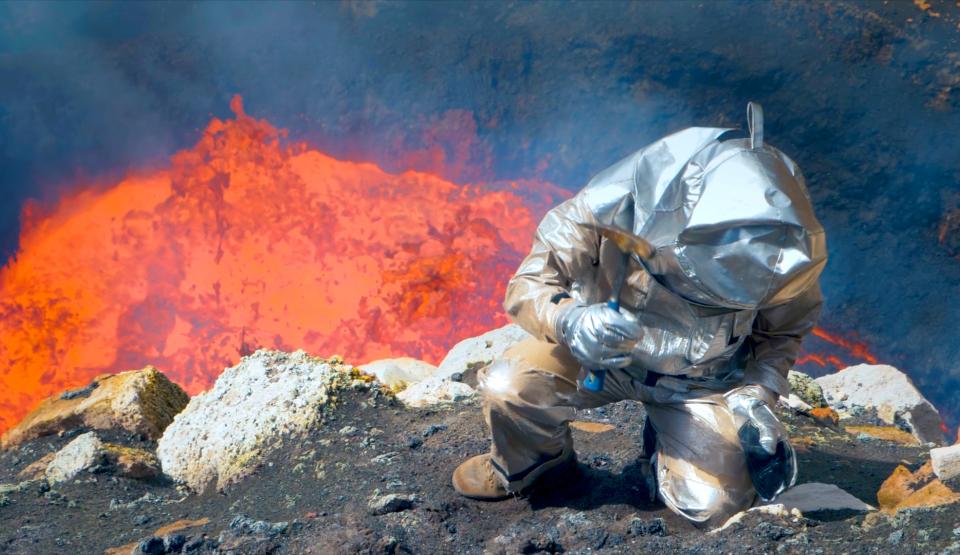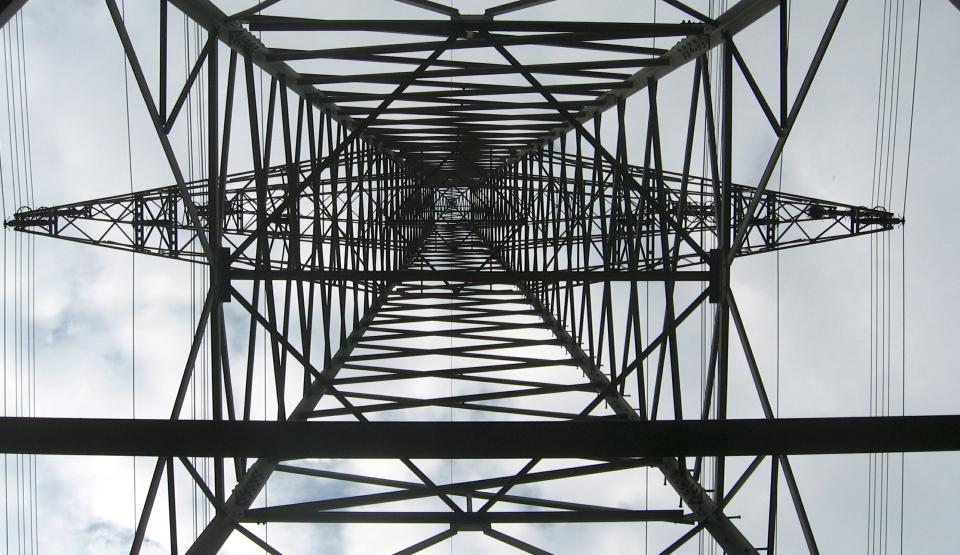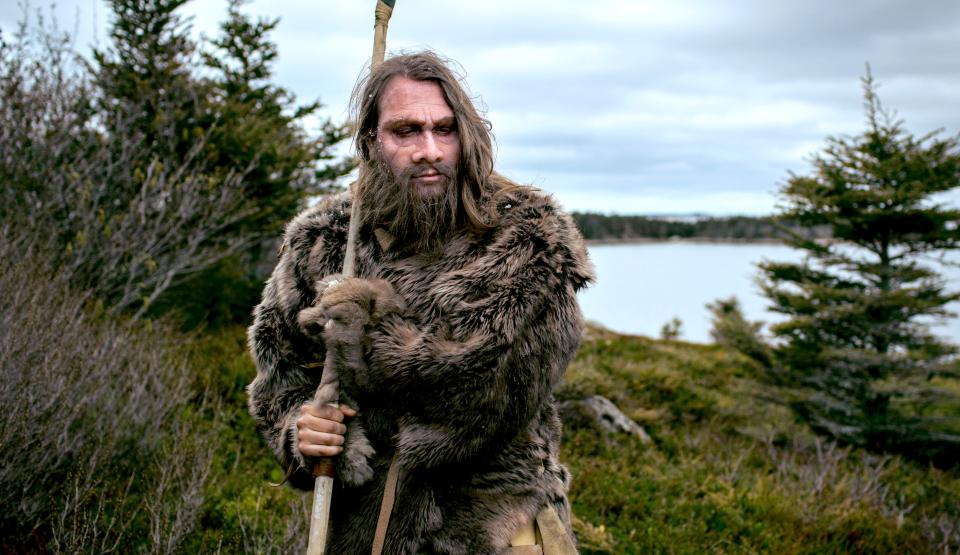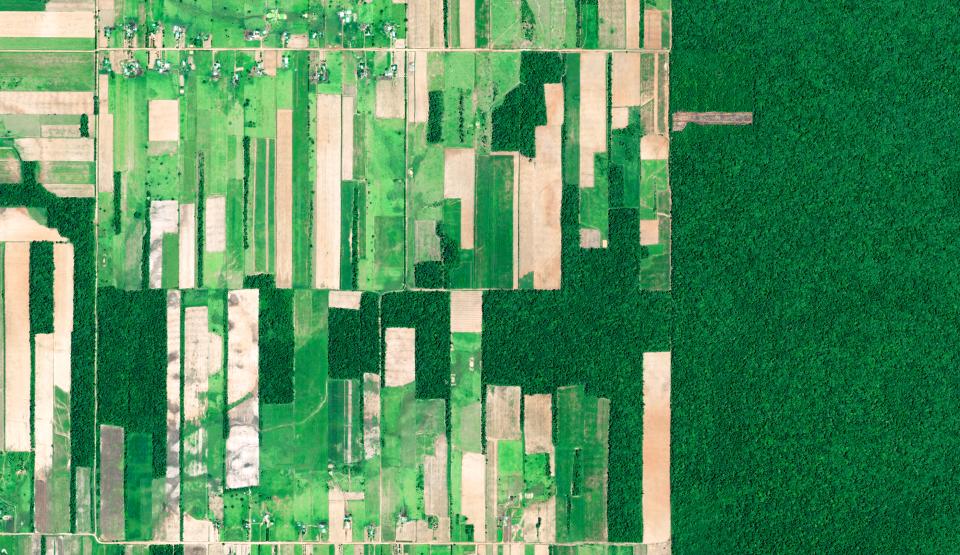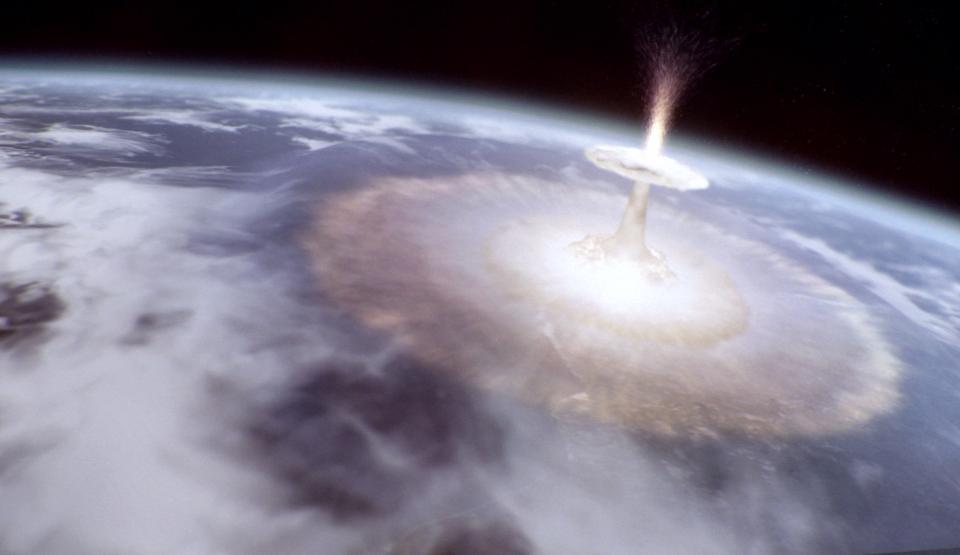In Part 2, Marvin Entholt and Jens Monath track storms from the Atlantic into Europe. Waves of a size nobody had ever imagined cause ships to capsize and oil rigs to sink. The ocean-liner Queen Elizabeth 2 barely manages to escape a disaster, while 123 workers on a platform off the coast of Norway drown in the icy waters of the North Sea after their rig is cut down by the storm.
But not only ships and oil rigs are at risk: The coastal areas are endangered as well – in Europe, too. Heavy storms keep pushing increasing quantities of water against the dikes, while the sea level is rising – half a meter by mid-century. Can the islands off the coast of Germany be saved? Can we avoid disasters more severe that the 1962 storm tide in Hamburg? Scientists have calculated that the German city of Bremen is very much at risk during a heavy storm. A fictional scenario demonstrates possible consequences.
The climate changes we experience today were triggered by us thirty years ago. We can still prevent the worst. But anything we do today will only have an effect thirty years hence. At the end of Part 2, there is no doubt: What is happening to America and other parts of the world today, might happen to us soon … to Europe … to Germany.





